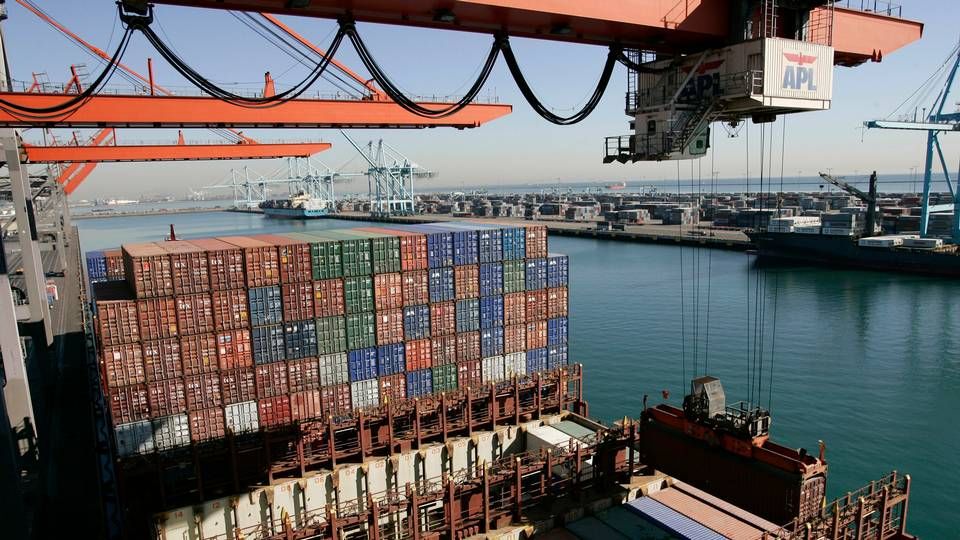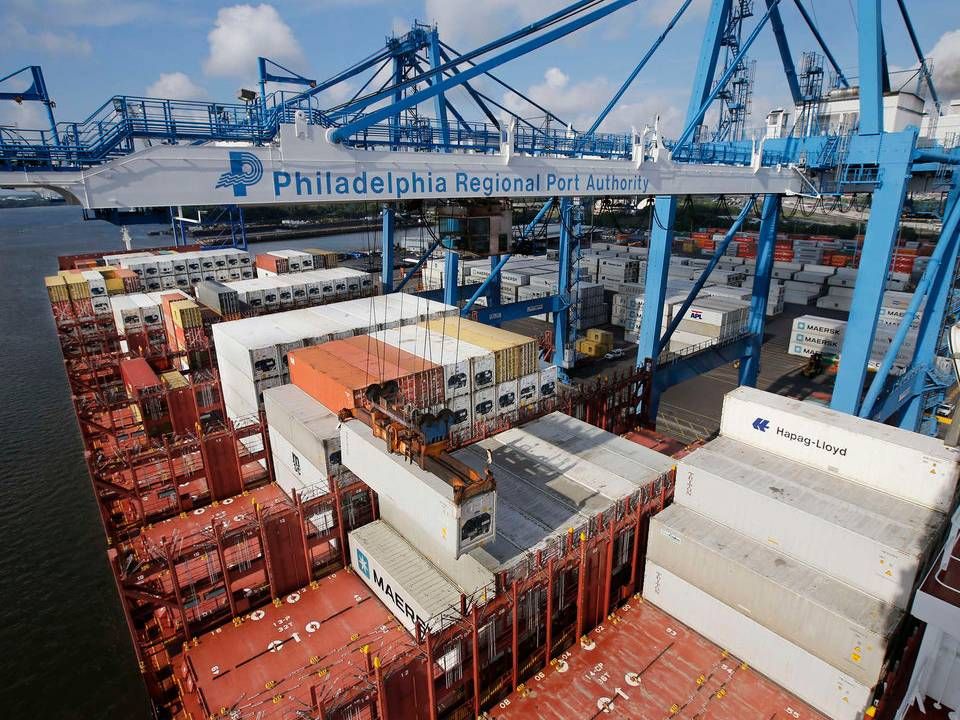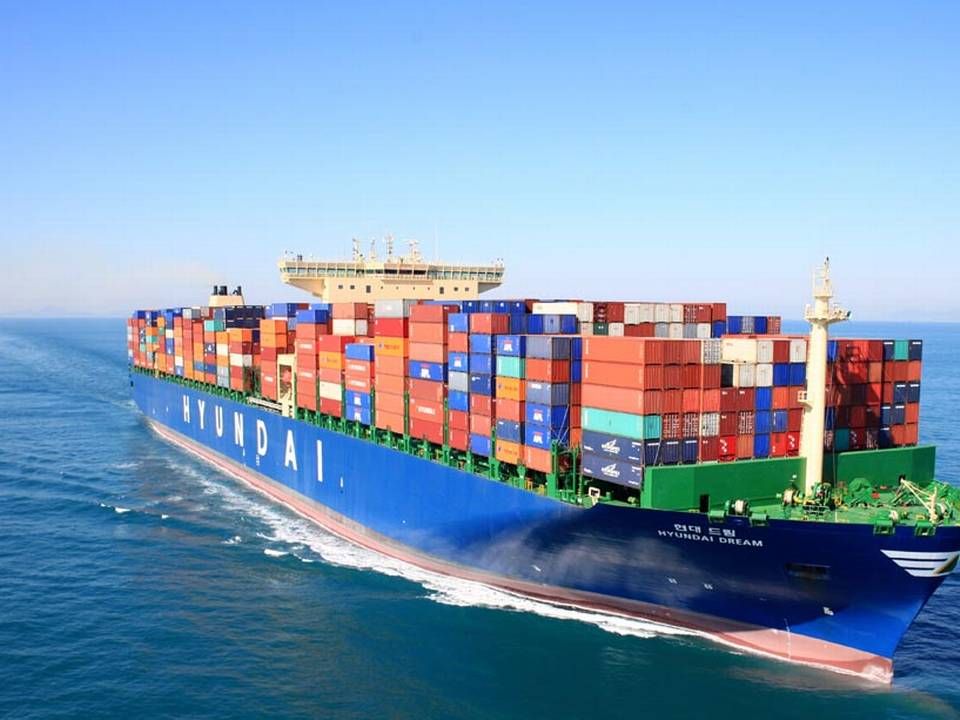SeaIntel: Here are the winning ports with the new alliances

There are both winners and losers among the European and Asian ports after the new container alliances on Asia-Europe emerged, according to SeaIntel in its latest publication.
In its weekly newsletter, SeaIntel has looked more closely at the development in the major container ports since the new alliance network entered into force.
While SeaIntel writes that ports in Singapore and Valencia in Spain have made gains from the new alliances on the routes, Malaysia's Port Klang has lost "significant connections" to Europe.
Meanwhile, the Port of Yantian in China, the Port of Massaxlokk in Cyprus, and Laem Chabang in Thailand are now more connected, while Egypt's Port Said and the Port of Piraeus in Greece have "missed out" on port calls, writes SeaIntel.
London Gateway goes significantly forward
In its analysis, the firm focuses exclusively on the major, key routes connecting Asia to either North Europe or the ports surrounding the Mediterranean, with the departure point being from January 2014 to June 2017. During this period, the 2M and O3 alliances were launched in 2015, while Ocean Alliance and The Alliance were launched in 2017.
In North Europe, Rotterdam has the highest number of port callings from Asia, followed by Hamburg, Antwerp, and Felixstowe. London Gateway has surged significantly forward with an average of ten monthly port callings in the first half of 2017 against four back in 2014.
In Asia, "Singapore has shown a continuous decrease throughout the period, while Yantian, Shanghai and Ningbo have been permanently ahead of competition in the trade lane. Looking at the Asia-Mediterranean trade lane, we could see that Port Said and Piraeus are showing the highest number of port calls in the trade lane for the Mediterranean side, albeit both ports are seeing significant drops with the new alliance networks," writes SeaIntel, adding:
"Singapore, Shanghai and Ningbo show a relatively stable dominance throughout the period, compared to the other ports for Asia-Mediterranean services. The analysis further confirmed some of the predictions we presented when we analysed the new alliance networks. For instance, Port Klang has indeed lost a considerable degree of presence in both trade lanes, to the benefit of Singapore."
Although Singapore has made the most from the trade routes over the three-year period, SeaIntel also notes that the port experienced a decline in callings. While an average 96 vessels from Asia and Europe called at the port in 2014, the average number fell to approximately 55 in the first half of 2017.
English Edit: Lena Rutkowski
Media: MSC ready to order 11 mega-vessels
SeaIntel: Asia-North Europe earnings increase sharply
SeaIntel: Two carriers in particular will hunt for market shares in coming years
Related articles
Media: MSC ready to order 11 mega-vessels
For subscribers
SeaIntel: Asia-North Europe earnings increase sharply
For subscribers



















